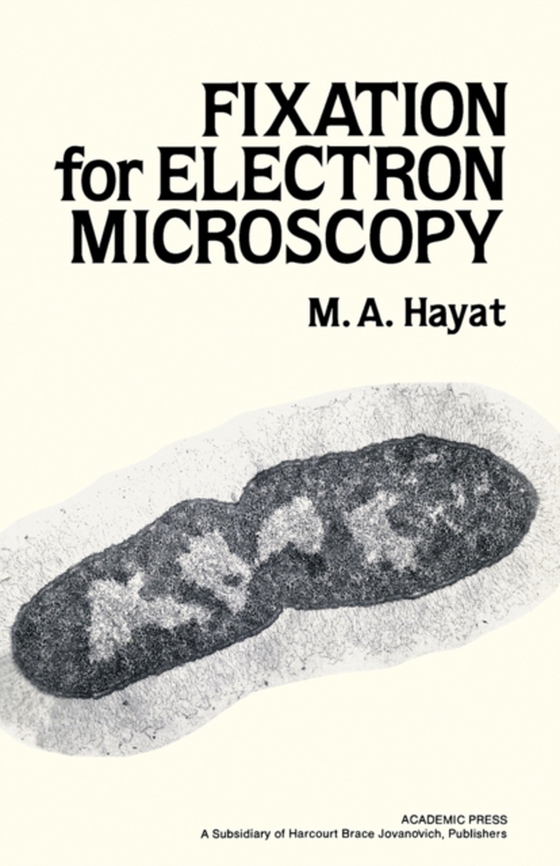
Fixation for Electron Microscopy e-bog
436,85 DKK
(inkl. moms 546,06 DKK)
Fixation for Electron Microscopy presents how to better understand the effects of fixatives on the molecular structure of the cell. This book attempts to consider each aspect of fixation, including chemical interactions between fixatives and individual cellular substances. The chemistry of fixative interactions that are discussed in the book is based primarily on the reactions of a fixative wit...
E-bog
436,85 DKK
Forlag
Academic Press
Udgivet
2 december 2012
Længde
521 sider
Genrer
PDND
Sprog
English
Format
pdf
Beskyttelse
LCP
ISBN
9780323147293
Fixation for Electron Microscopy presents how to better understand the effects of fixatives on the molecular structure of the cell. This book attempts to consider each aspect of fixation, including chemical interactions between fixatives and individual cellular substances. The chemistry of fixative interactions that are discussed in the book is based primarily on the reactions of a fixative with isolated proteins, lipids, nucleic acids, and carbohydrates. The book shows that the correct interpretation of information retrieved from electron micrographs depends on the knowledge of the basic principles underlying the fixation procedure. Also, the book presents the fixation of both eukaryotic and prokaryotic specimens. The special fixation conditions for plant specimens are discussed in detail and have been allotted a whole chapter. Also emphasized in this book is the connection between morphology and biochemical aspects of preparatory treatments and the chemical basis of the formation of artifacts. This topic is useful in understanding the modifications of cell structures introduced during their processing. A guide for recognizing and minimizing major artifacts and fixation faults that are usually encountered is also presented in the book. This valuable resource will prove useful to both students and professionals in the field of biology and clinical medicine. Specimen preservation researchers can also benefit from this book.
 Dansk
Dansk

